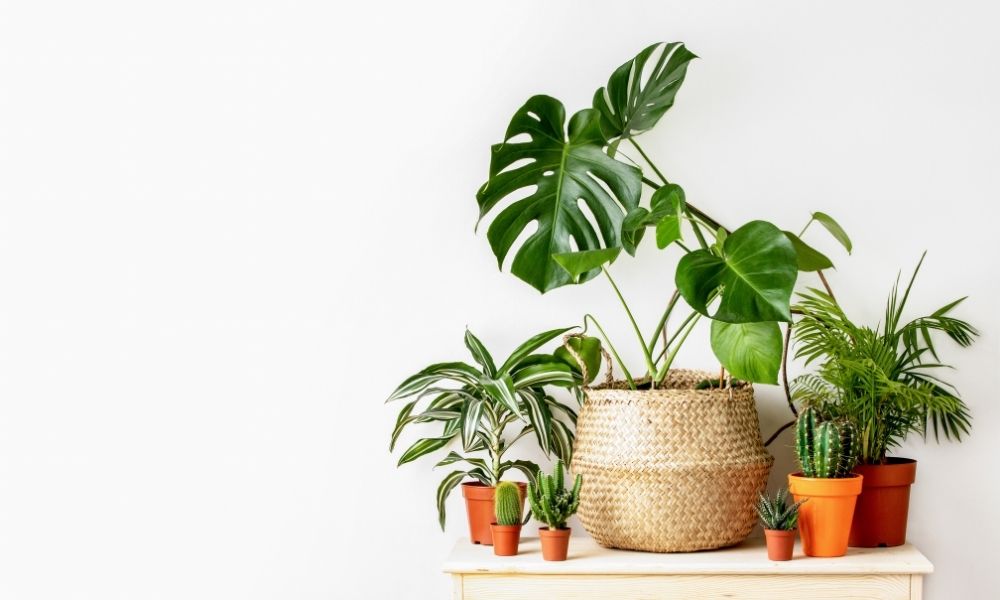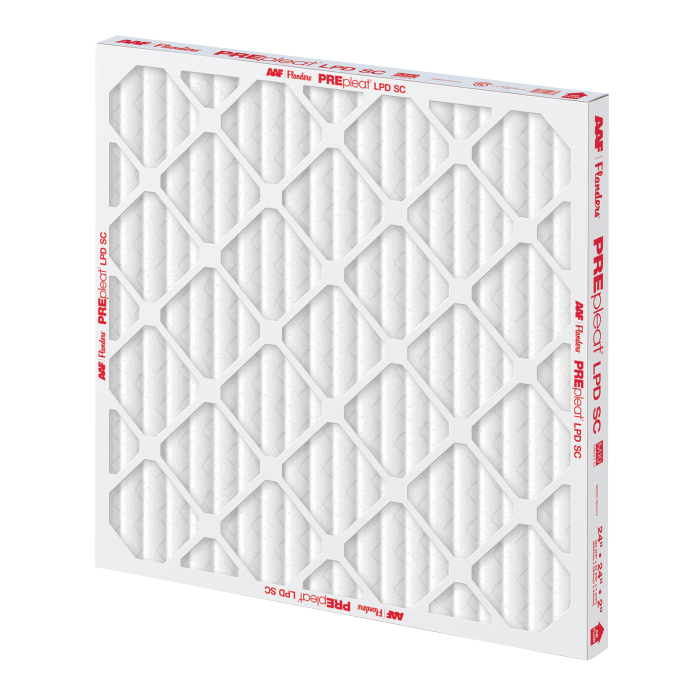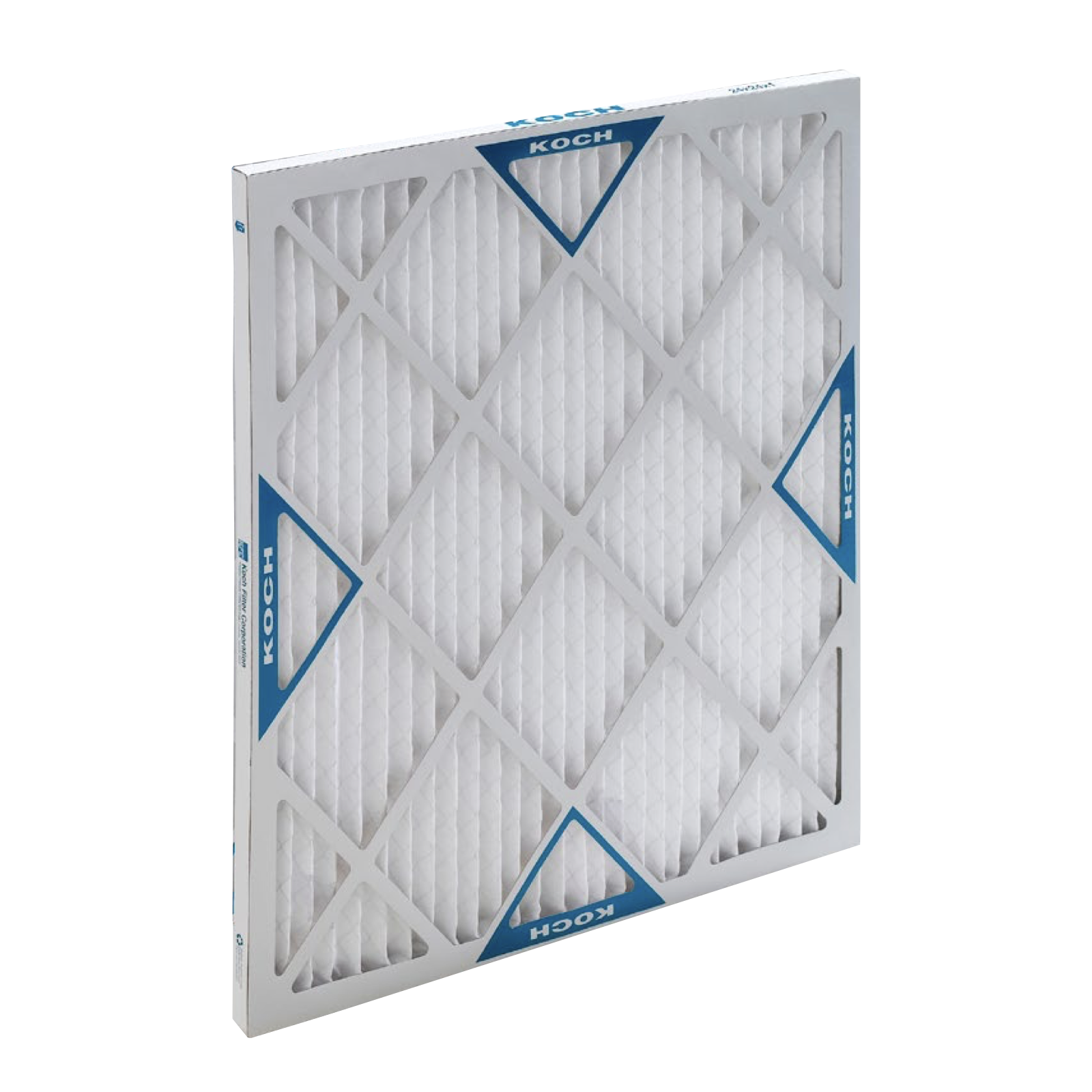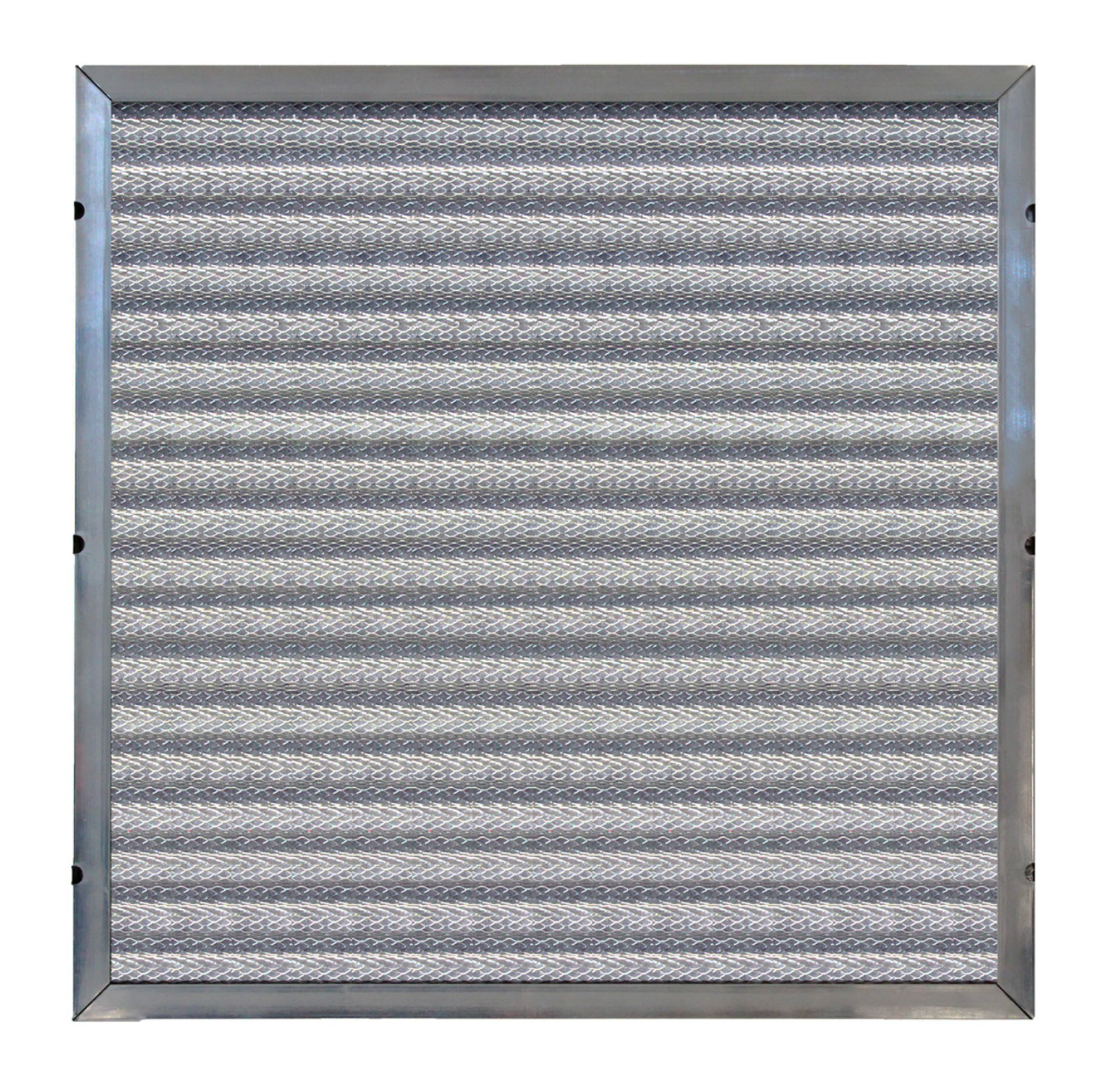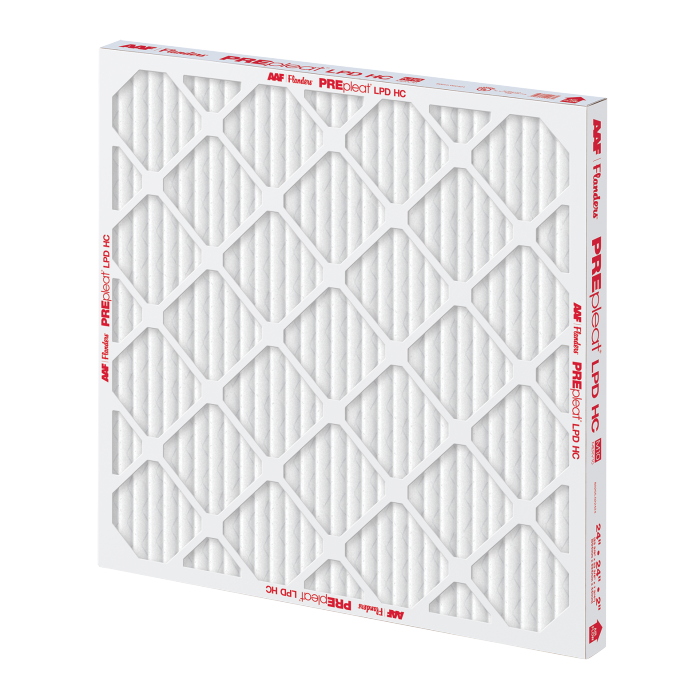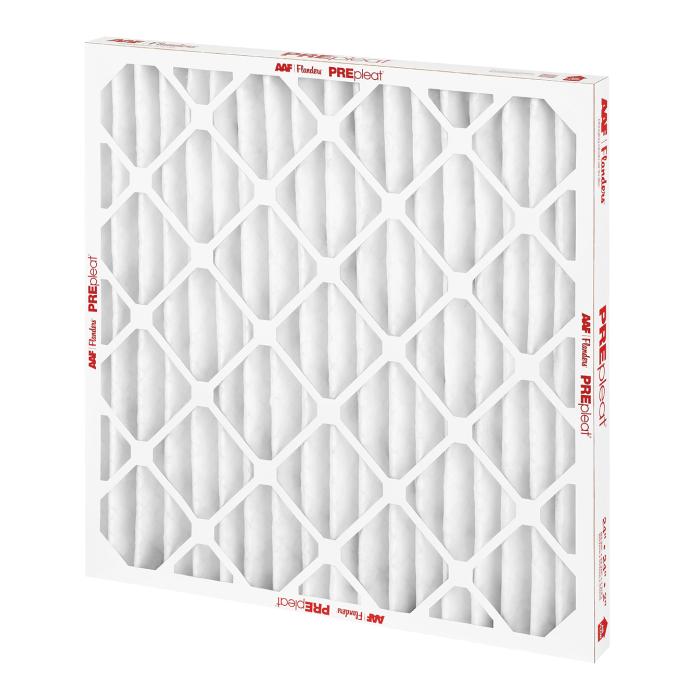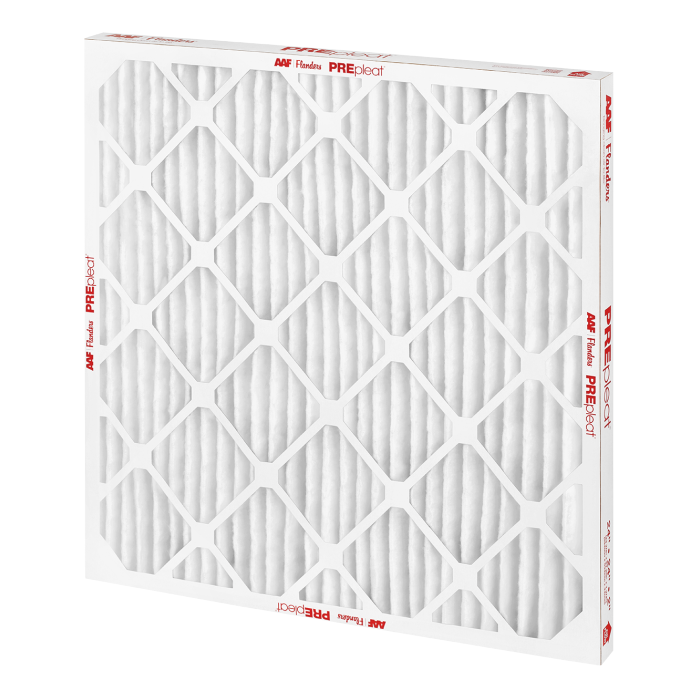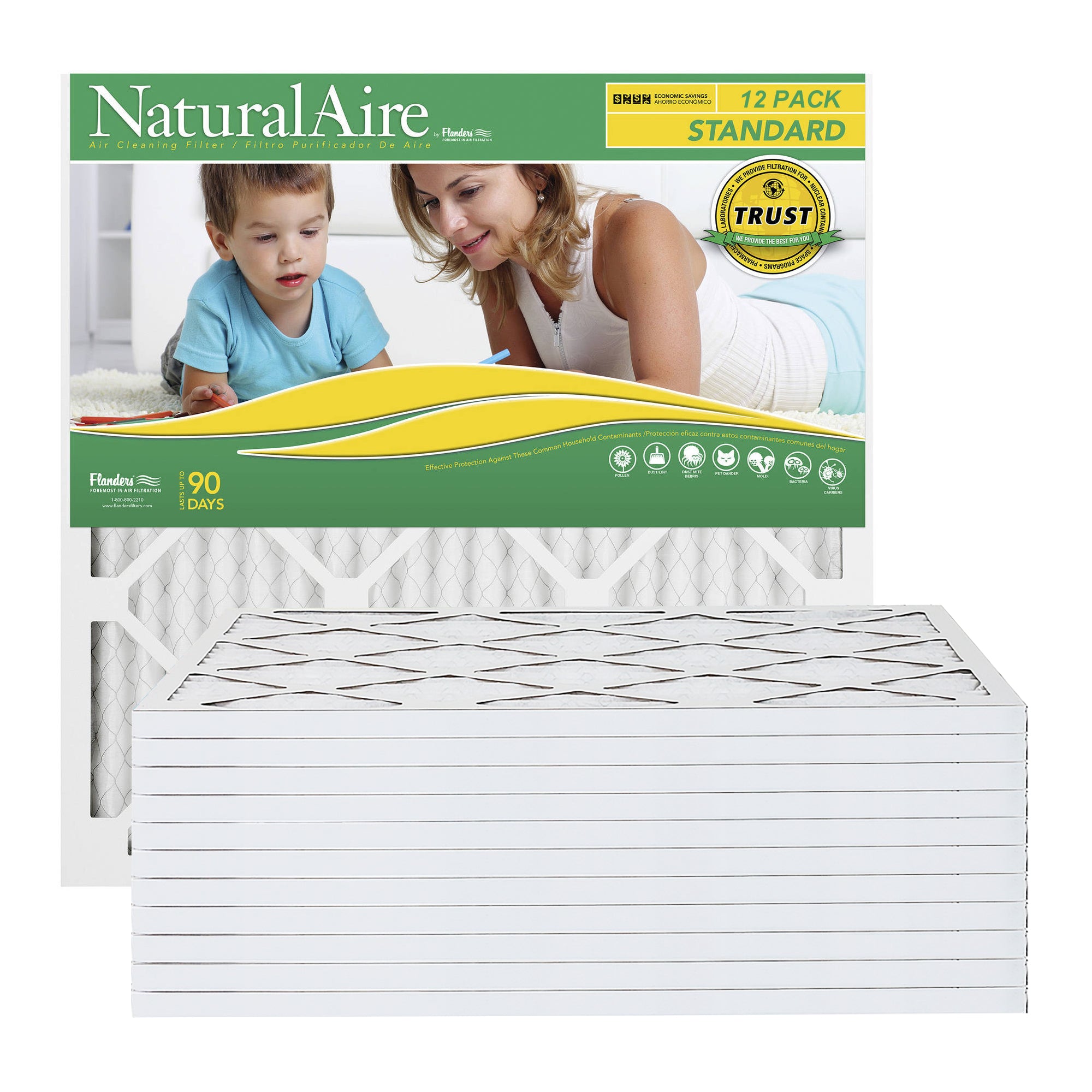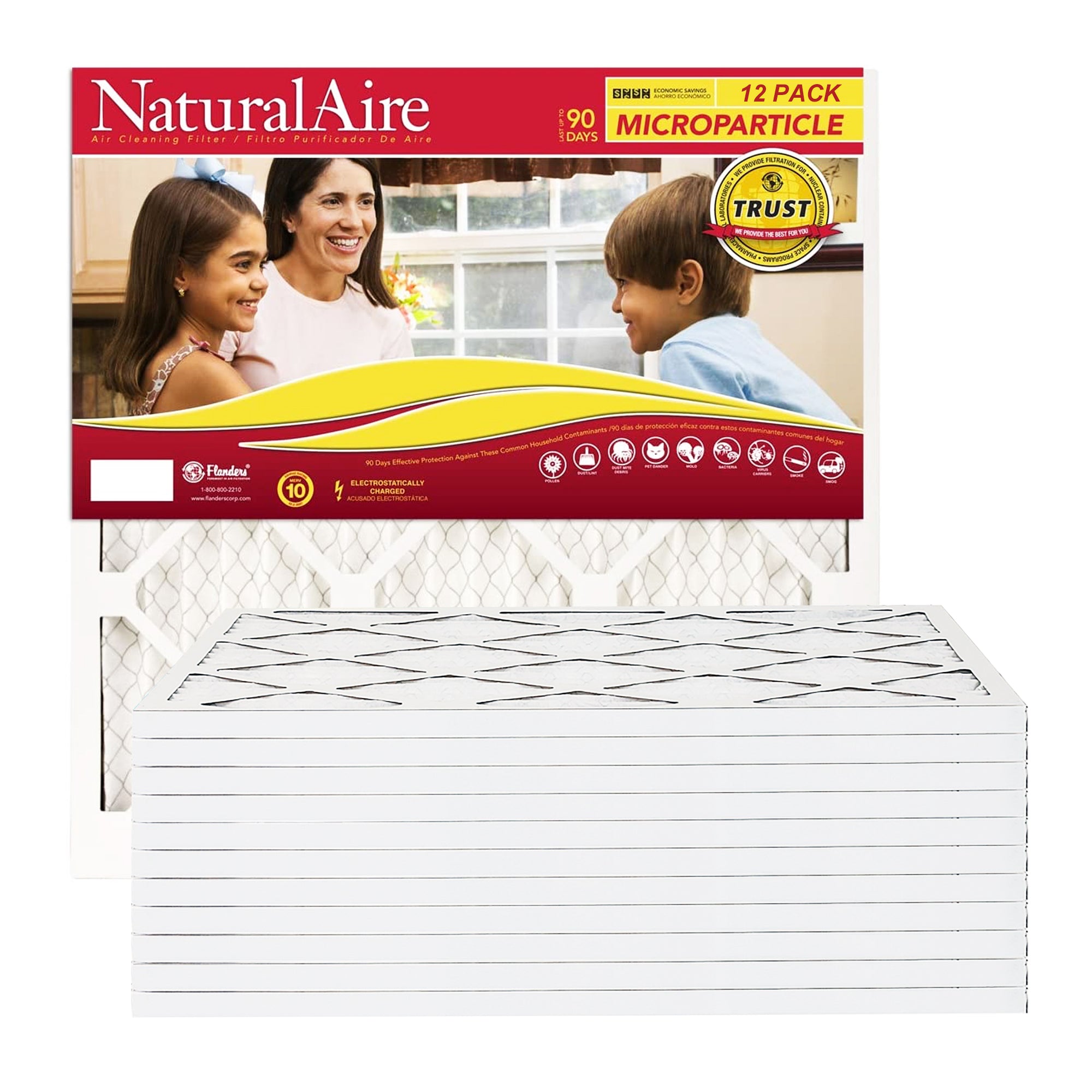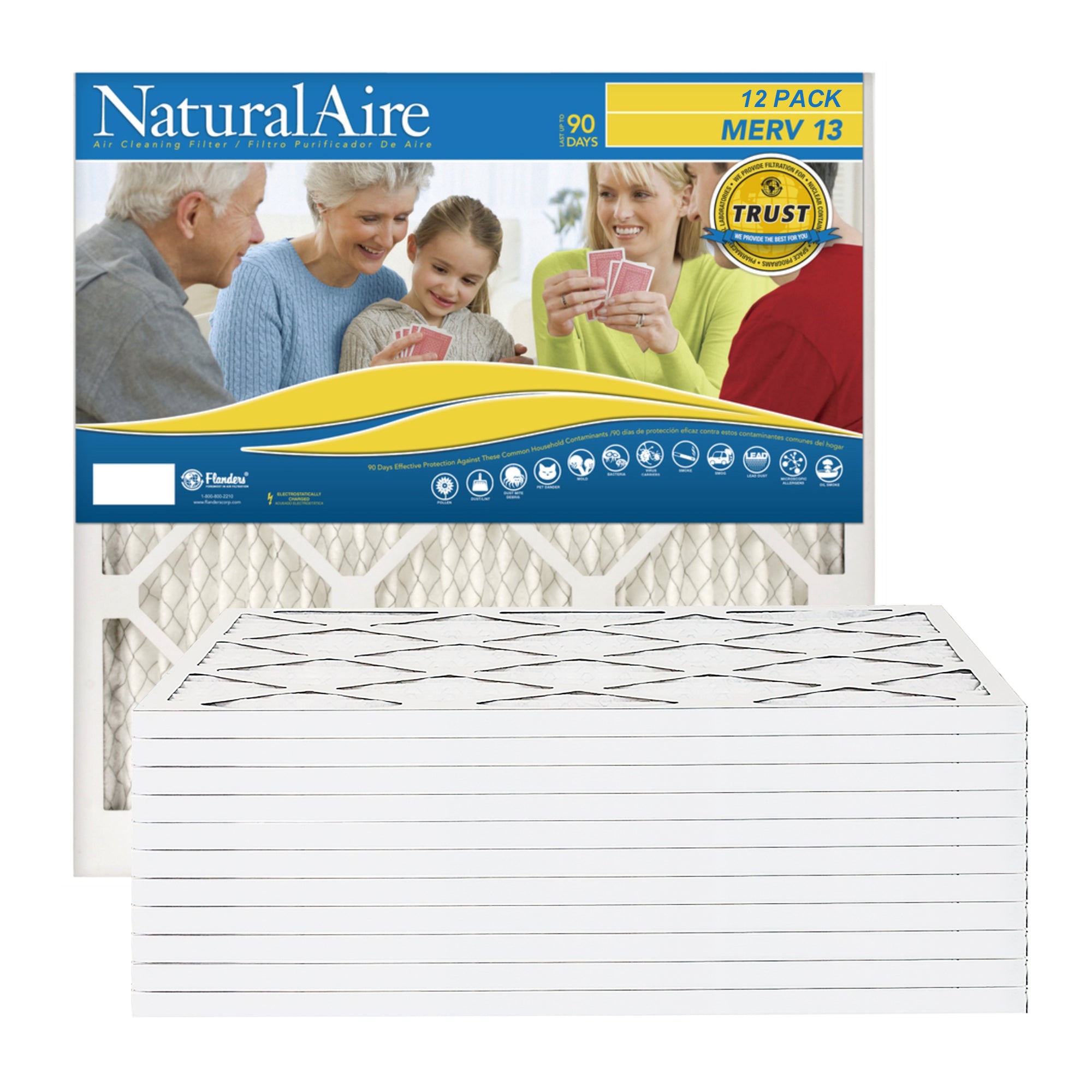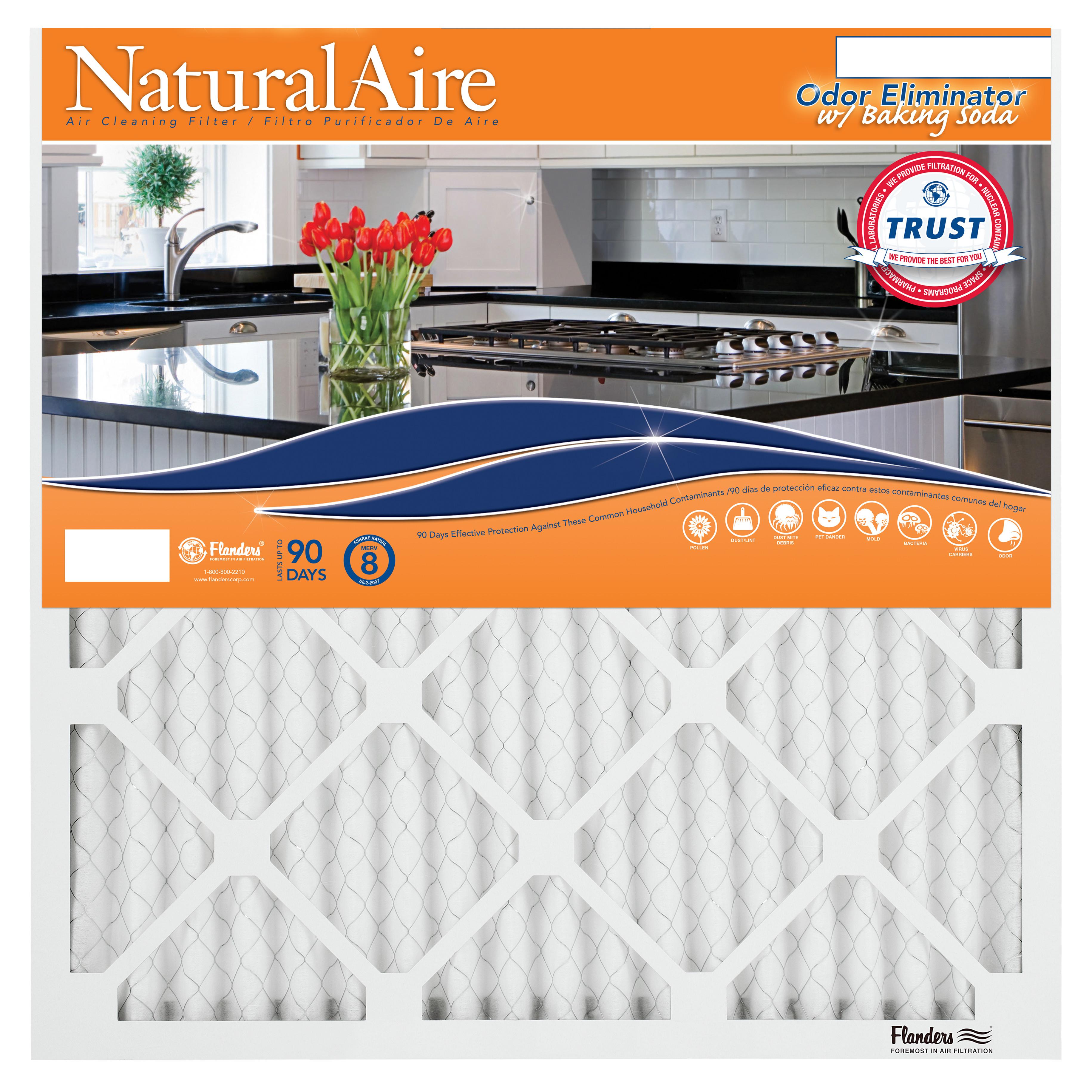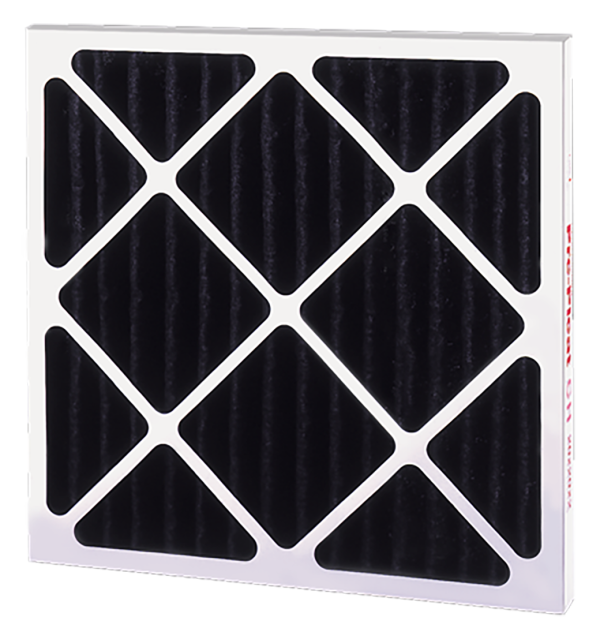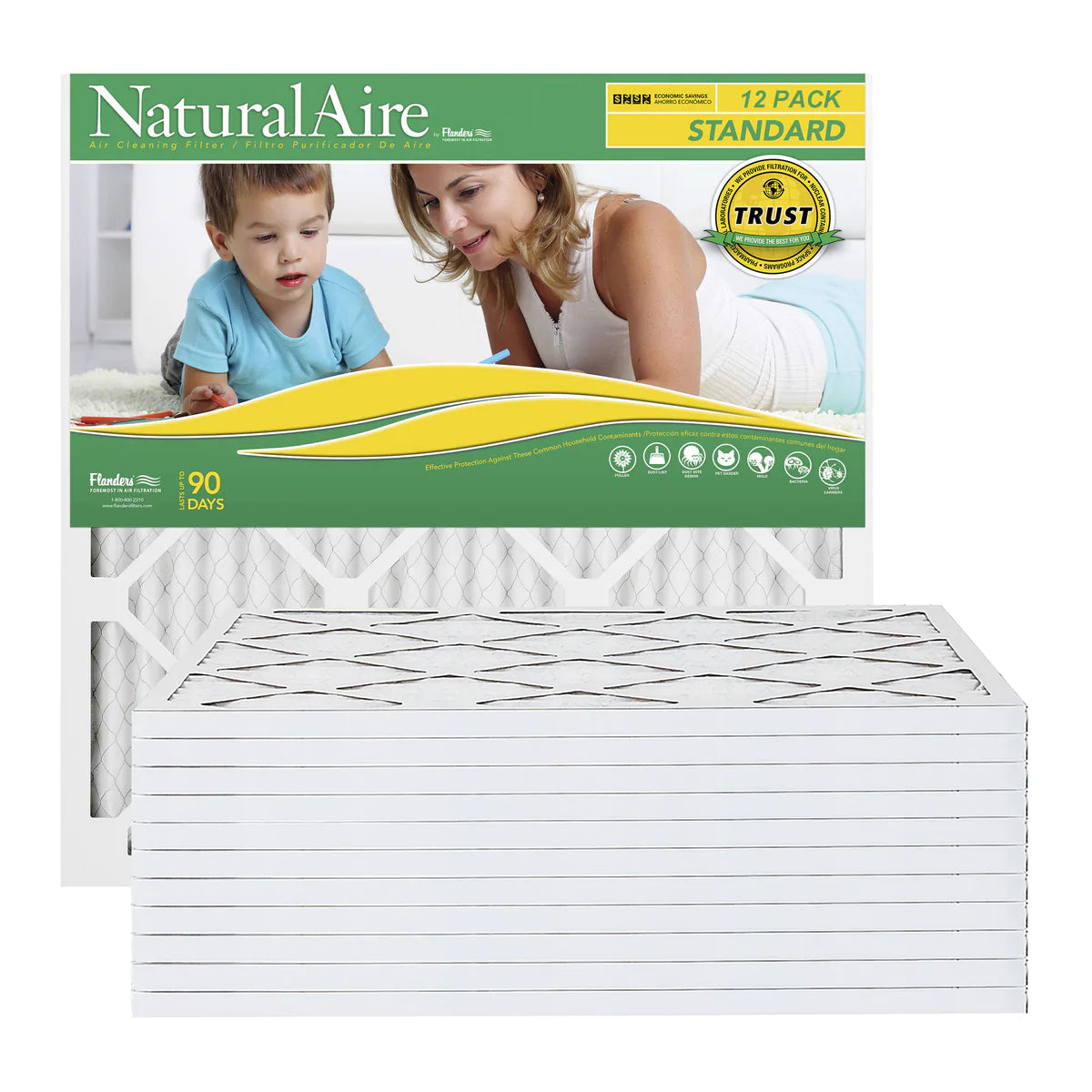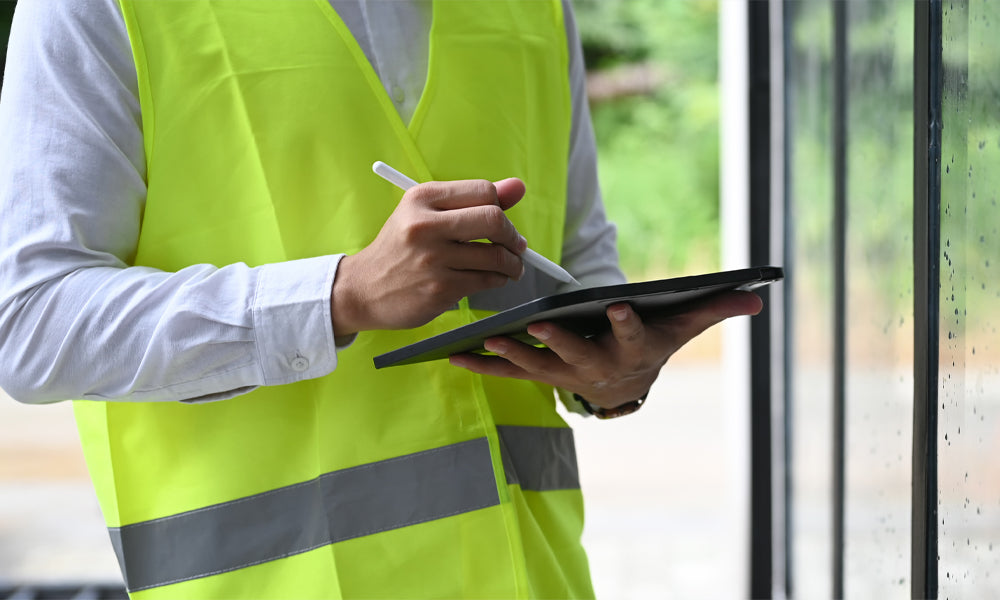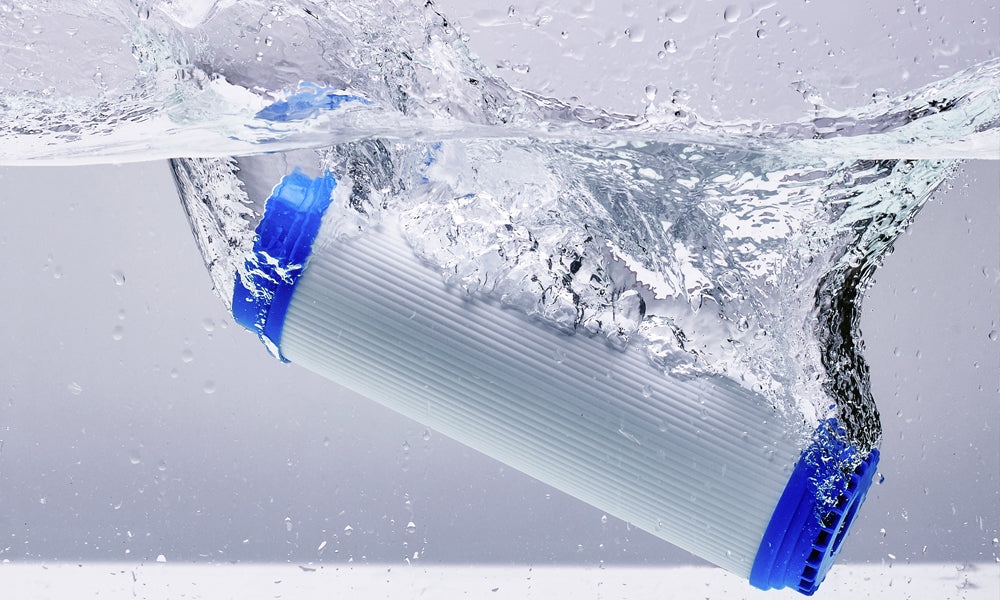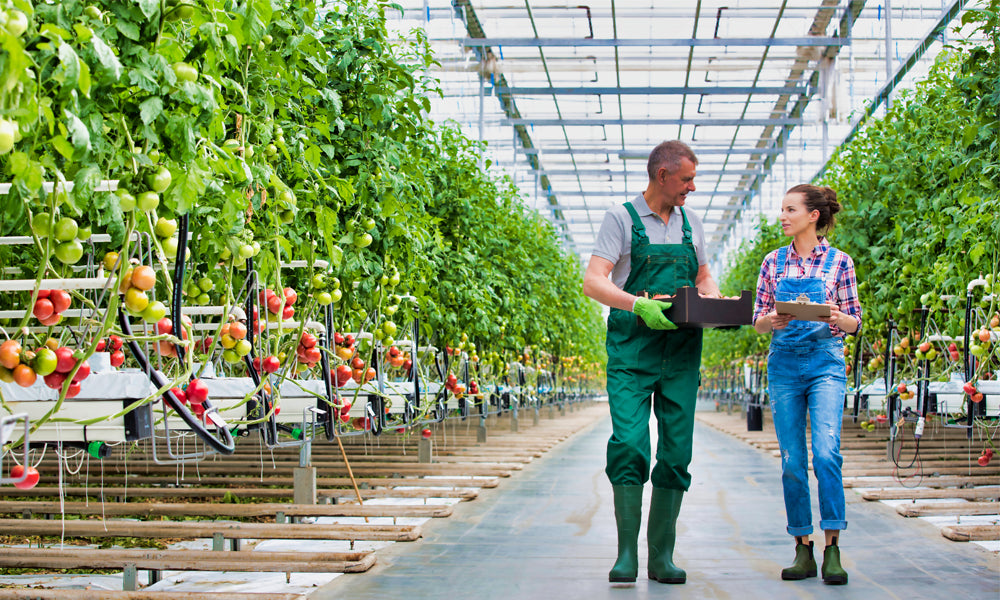Earth Day 2021, the 22nd of April, is already upon us. Over the past year, we Americans have shifted our focus somewhat from the big-picture concerns of climate change to the close and immediate emergencies of the COVID-19 pandemic. With staying healthy a top priority, the importance of going green has been on the back burner. As we begin to emerge from the pandemic, however, it’s time to remember that sustainability is not a problem we solved. In fact, protecting our atmosphere and our finite natural resources matters more than ever, and before any sweeping “green” legislation gets passed, we’ll have to take it upon ourselves to contribute in our own small ways to a healthier Earth.
The pathway to this new, healthier, and greener world begins at each of our own doorsteps. There’s much we can do at home to aid in reducing consumption. Here are just a few ways to make your home greener this year—not just in the immediate wake of Earth Day but all year long.
More Plant Life at Home
One of the best ways to make your home greener is with actual greenery. From houseplants to herbs, plants that are as decorative as they are useful are a fantastic addition to your home. Setting up a home garden—with ample protection from pests and uninvited snackers, of course—can improve upon the joys of farm-to-table dining by instituting some yard-to-table dining instead. Supplement your dinners with homegrown garlic and herbs to go with your own onions and potatoes. Your smoothies will taste better when you grow your own strawberries, raspberries, and blueberries, and you’ll save money on produce, which can often take a circuitous path to your grocery store.
As for the purifying properties of houseplants such as Boston ferns and ficus trees, while their effects on air quality are negligible—you’ll need a strong air filter for that—they will certainly bring you some peace of mind, which is not to be understated.
Disposable Water Bottles: Something To Dispense With
We get it—in a lot of locales, the tap water doesn’t taste as good as it should. To get your requisite eight cups of water a day, you’re turning away from the tap and opting instead for pallets upon pallets of bottled water. In a testament to the power of advertising, bottled water is an alluring product whether you truly need it or not. The same companies who sell you soda are also happy to sell you a “clean, refreshing, healthy” product that is anything but clean or healthy for the earth. Grocery stores are all too happy to stock as much of it as they can.
Your job in keeping a greener home is to buy as little of it as you can. Plastic is, of course, a recyclable material. But how many empty plastic bottles actually make their way to the recycling bin? Perilously few—most disposable plastic water bottles, just like two-liter soda bottles and milk jugs, wind up at the garbage dump with everything else. From there, they’re headed to one of two places: burial or the incinerator. Neither is good for our planet. Buried plastics take years to biodegrade—if they do at all. The slow decomposition of plastic often leaches toxic chemicals into the earth, and its incineration immediately sends toxins into the atmosphere.
You, the reader, only represent one household. But if every reader can eschew plastic water bottles and tell their friends to do the same, we can make a dent in how many plastic bottles accumulate at our landfills. As for where to get your hydration when those 24-packs of plastic bottles are no longer within reach, explore home filtration systems that will bring your tap water up to your standards, whether that’s a countertop filter unit or a powerful reverse osmosis system. Keeping a filtered pitcher in your fridge provides a clean taste at a refreshingly brisk temperature. Whichever direction you take to drastically cut down on disposable water bottles in your life is the right one.
Recyclable and Reusable Filters
In exploring how to make your home greener, you should always be diverting eligible waste from the garbage can to the recycling bin. One area you may not have considered yet for the recycling bin is your air filter. Our line of NaturalAire filters lives up to its name by implementing recyclable clay-coated frames that hold filters with efficiency ratings as high to MERV-13, giving your home or place of business the cleanest possible air while keeping disused filters from taking up space in the garbage bin and the landfill.
Another way to bring greener tones to your HVAC system is by cutting down on how many filters you dispose of altogether. If you’re willing to do a little extra work over the basement wash basin and have a safe place to dry them, a washable HVAC filter will drastically cut down on how much product you need to buy to keep your air clean. While washable filters do cost more upfront, you’ll save money in the long run and won’t be sending a filter to the trash every 30 to 90 days.
Be forewarned—washable filters often have lower MERV ratings than their disposable counterparts. If your household doesn’t struggle with allergies, these reusable filters are a smart choice. However, if you have to place a premium on air quality, you may understandably choose to cut your consumption elsewhere and keep your MERV high. Be on the lookout for filters made from post-consumer material as well. Fully recyclable filters will allow you to maintain peak air quality with a smaller carbon footprint.
No matter which construction and MERV rating you’re looking for, you can find the HVAC filters you need here at Remember the Filter. Explore our selections of filters and find the one that’s right for you as we work to ensure both healthy households and a healthy planet.

